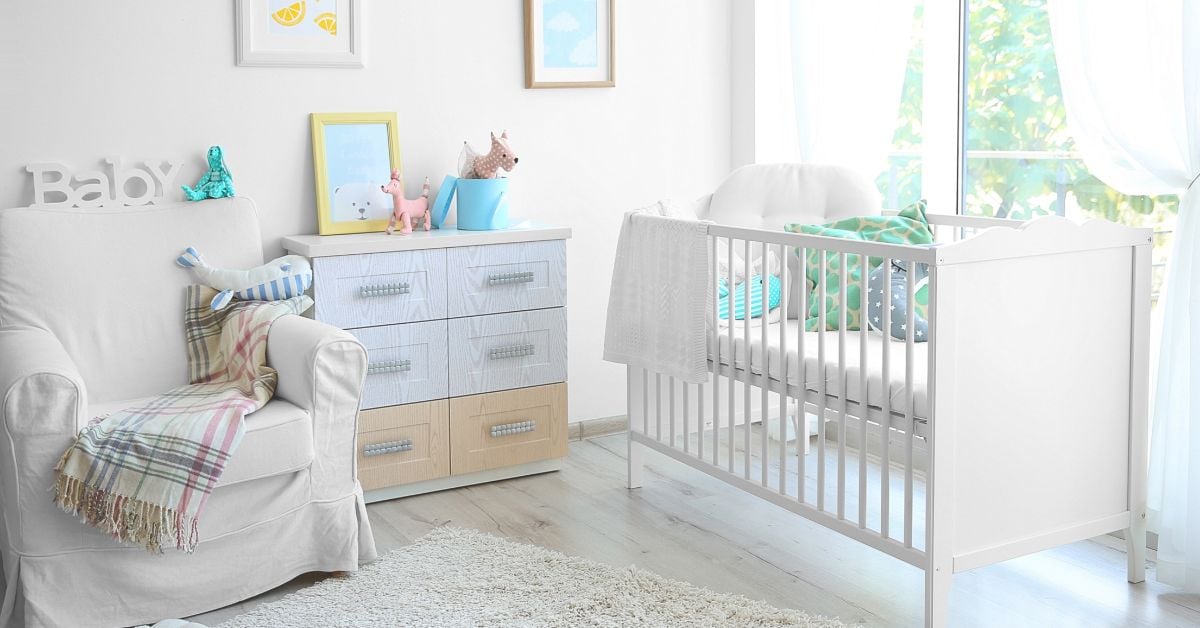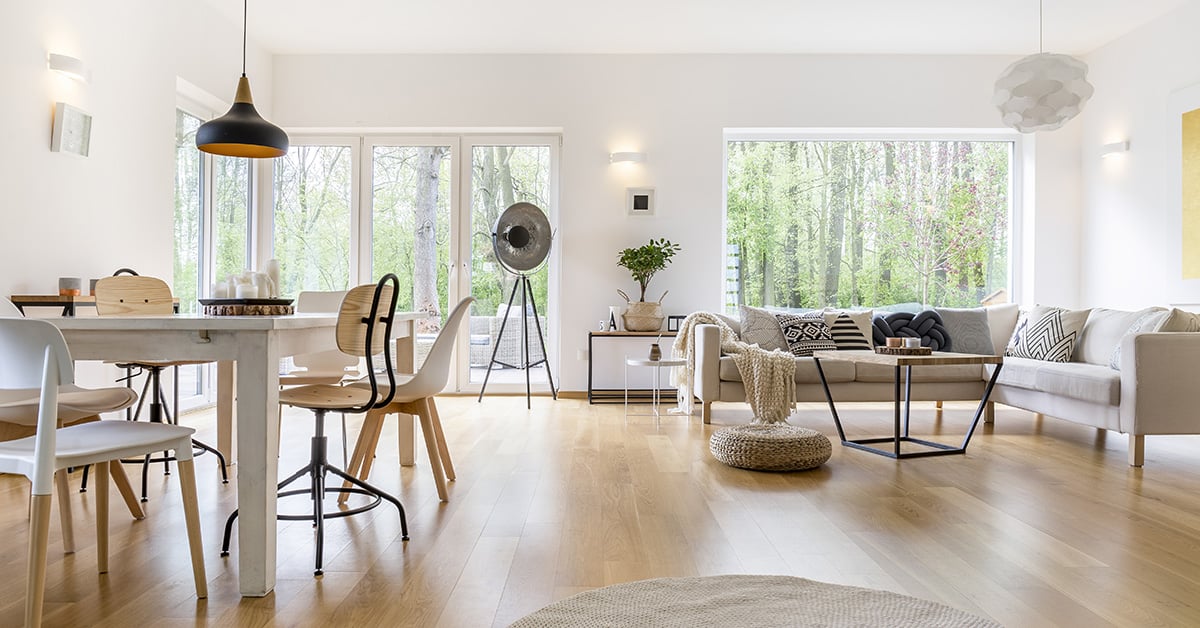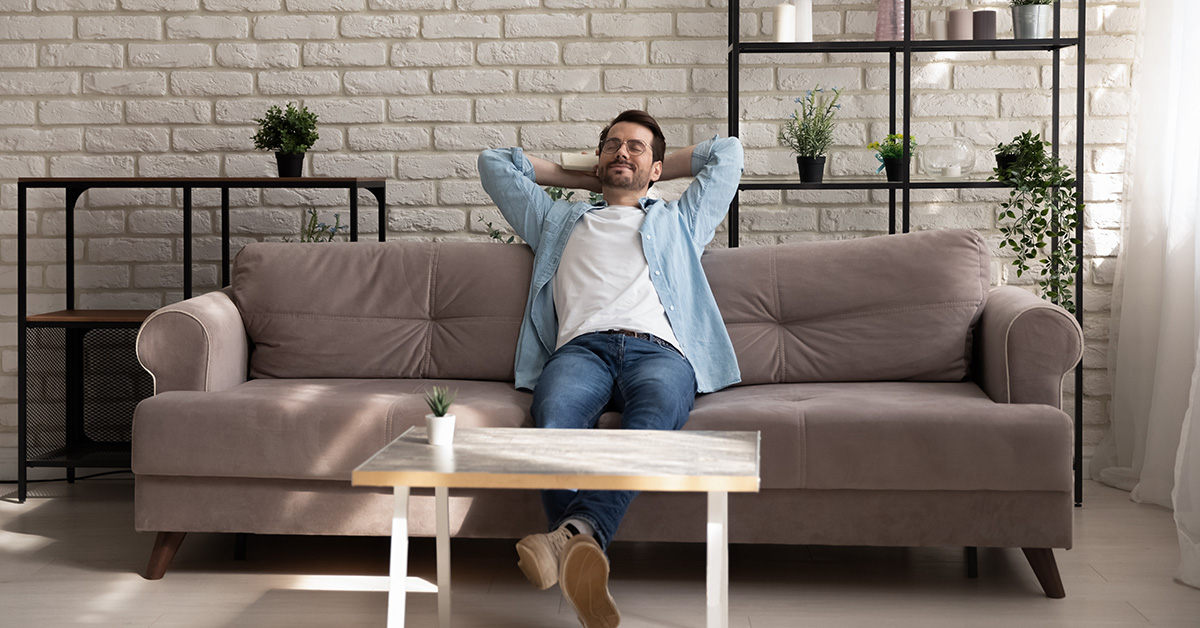How To Design A Nursery

If choosing cute outfits for your new-born to wear isn't exciting enough, you also have a whole room to decorate. Setting up a beautiful nursery is one of the highlights of pregnancy, even if it means assembling flat-pack furniture.
But with so many adorable products on the market, it is easy to go overboard with decorating ideas. Before you get swept away with wallpaper samples and motifs, it is essential to remember your and your baby's needs. You will want to create a space that will be cosy, functional and within budget, so follow our guide on how to design a nursery that both of you will enjoy.
When to set up the nursery
Pregnancy can feel like a long time, especially in those last few weeks, but you'll be cradling your precious new arrival before you know it.
While it's tempting to leave designing the nursery until maternity leave, chances are you will be too exhausted to be doing anything. Energy levels are typically at their best during the second trimester, between 13 and 26 weeks, making it the ideal time to get started. If you have opted to find out early if it is a boy or girl, this might also influence your design choice.
Set a deadline to complete the nursery no later than the 36-week mark. Babies are not known for always sticking to their due date, even those with very organised parents. So it pays to be prepared.
How much does it cost to design a nursery?
Parental guilt starts even before your baby arrives, but don't feel pressured to buy the latest and greatest gadgets for your nursery.
When it comes to nursery furniture, even everyday essentials such as a cot, car seat, and pram can be expensive. The Australian Institute of Family Studies estimates a first child can cost between $3,000 and $13,000 even before turning one.
Be sure not to spend on unnecessary items that will end up in the cupboard. Instead, start your research by asking friends with children about what they consider to be must-haves for a nursery. They may even offer to lend you an item, such as a bassinet or car capsule, which you will only use for the first few months.
You'll be surprised at what you can source from online second-hand websites or op shops. And vintage pieces can look fabulous in a nursery once given a good clean. Safety is paramount, so always check that your items meet guidelines recommended by groups such as Red Nose Australia and KidSafe.
Hiring equipment is also another option for items you won't need for a longer period.
A spreadsheet is a great way to keep track of adding costs and keeping your spending on track.
How to design a nursery in a small room?
Babies don't need a lot of room to thrive. So, if you are tight on space but big on love, they won't even notice.
Most parents will want their new-born close by during those first few chaotic weeks while settling into a routine. Set aside a corner of your own bedroom as a 'mini-nursery' with just the essentials such as a bassinet.
Small bedrooms are great for children of all ages, especially new arrivals. Decorating your nursery in soft pastels or neutral colours can give a room an airy feel. Vertical patterned wallpaper is another styling trick for creating the illusion of space.
Use clever storage to keep the room functional. For example, babies don't need long hanging space for their clothes, so adding another rack inside a wardrobe or additional drawers may be better. And be sure to utilise any empty space such as under the change table or cot.
Nursery styling tips
Now the real fun begins. Styling is one of the best parts of designing a nursery. It is when you can really add your personal touch by picking some nursery décor and accessories: bed linen, artwork, lighting and more. The aim is to create a sleep sanctuary that is both serene and a safe space, so go for colours and patterns that are inviting and calming.
A host of inspiration can be found online for some nursery ideas. First, start by picking the look and theme you want for the nursery. A mix of textures will add to the warmth of the space. Night lights and dimmers are also perfect for creating a sleepy ambience to the room.
We don't like staring at blank walls and nor do babies, so be sure to include some prints in your design. You could create a feature wall or use wall stickers. And don't forget floor coverings. Creaky floorboards can play havoc when trying to creep out of a room without waking the baby.
To sum up, here are our best tips to design a nursery you'll love:
- Select a colour palette
- Choose a look, such as scandi, traditional, vintage, minimalist, boho
- Pick a theme to match, like botanicals, animals, celestial
- Choose furniture and bedding to compliment your look
- Select some soft furnishing to add texture
- Include artwork, as no one likes a sterile space
- Don't forget mum and dad and add a comfortable chair for feeding
- Ensure everything is within easy reach
There you have it, the perfect nursery! It is now ready and waiting to welcome your little one home.
DISCLAIMER - The information provided is for guidance and informational purposes only and does not replace independent business, legal and financial advice which we strongly recommend. Whilst the information is considered true and correct at the date of publication, changes in circumstances after the time of publication may impact the accuracy of the information provided. LJ Hooker will not accept responsibility or liability for any reliance on the blog information, including but not limited to, the accuracy, currency or completeness of any information or links.



